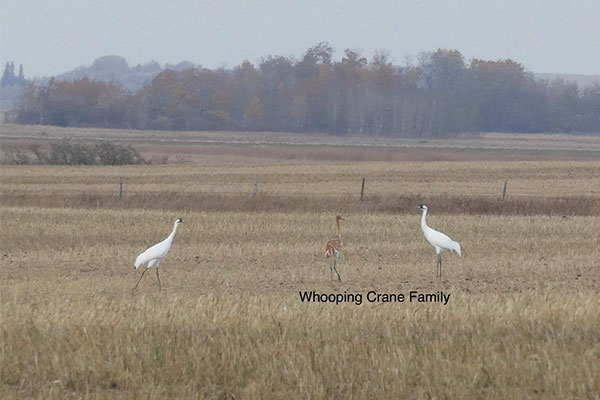My grandparents left a comfortable home and community in southern Ontario to try their luck at 82 Mile House on the gold trail to Alaska. Though it was lucrative, the pioneers gave up the house. My grandmother felt too isolated in this male dominated outpost. So home they came. There is an intriguing relic of this adventure. It is a roughly shaped ring, fashioned from a gold nugget. It was made by their Chinese cook. Now there's a story. What would Alice make of that?
This young adventuring couple had become, by the time we were children, stern, prim and settled grandparents, no trace of earlier adventures. Their story "lost" almost.

Excavation of old family stories is an important element of Munro's art. She invites us to get beneath the received stories we think we know.
Munro Country is the Huron Tract a large wilderness parceled out to settlers from Ireland, Scotland and some from England. Another group of settlers were the United Empire Loyalists, refugees from the American Revolution. Promises were grand and delivery short. Settlers got a piece of land in return for clearing it. Clearing took much hard work and many years before the trees were cut down (with hands saws and axes) and hauled away by oxen, cabins built and food planted. The land was mostly forest, the dark old oak forests of southern Ontario. The land had been purchased from local native tribes. The waterways were the main transportation. Goderich was the main entryway. Few roads had been cut through the woods. Most settlers came from extreme poverty and the conditions they faced were also harsh.
An early member of the generation of the Huron pioneers, Almeda, in Menesteseung, survives the deaths of all her family. She does not marry. She leads a genteel life in the village but does not escape the violence that reaches her doorstep. Her poems talk of flowers but she sees "a raw countryside just wrenched from the forest". She doesn't flinch. She is not the typical pioneer woman and yet she is impressive. The narrator provides explanations and surmises for the gaps and mysteries but eventually tosses the responsibility of the story to the reader.
The Huron County we will have a chance to see has been transformed. We will see it as Alice knew it, its towns and trails and festivals and the people who know her.

Welcome everyone to Alice Munro's fascinating world. I hope you can join us.
3 spots remain on this Alice Munro tour in Ontario. View the tour page here.



